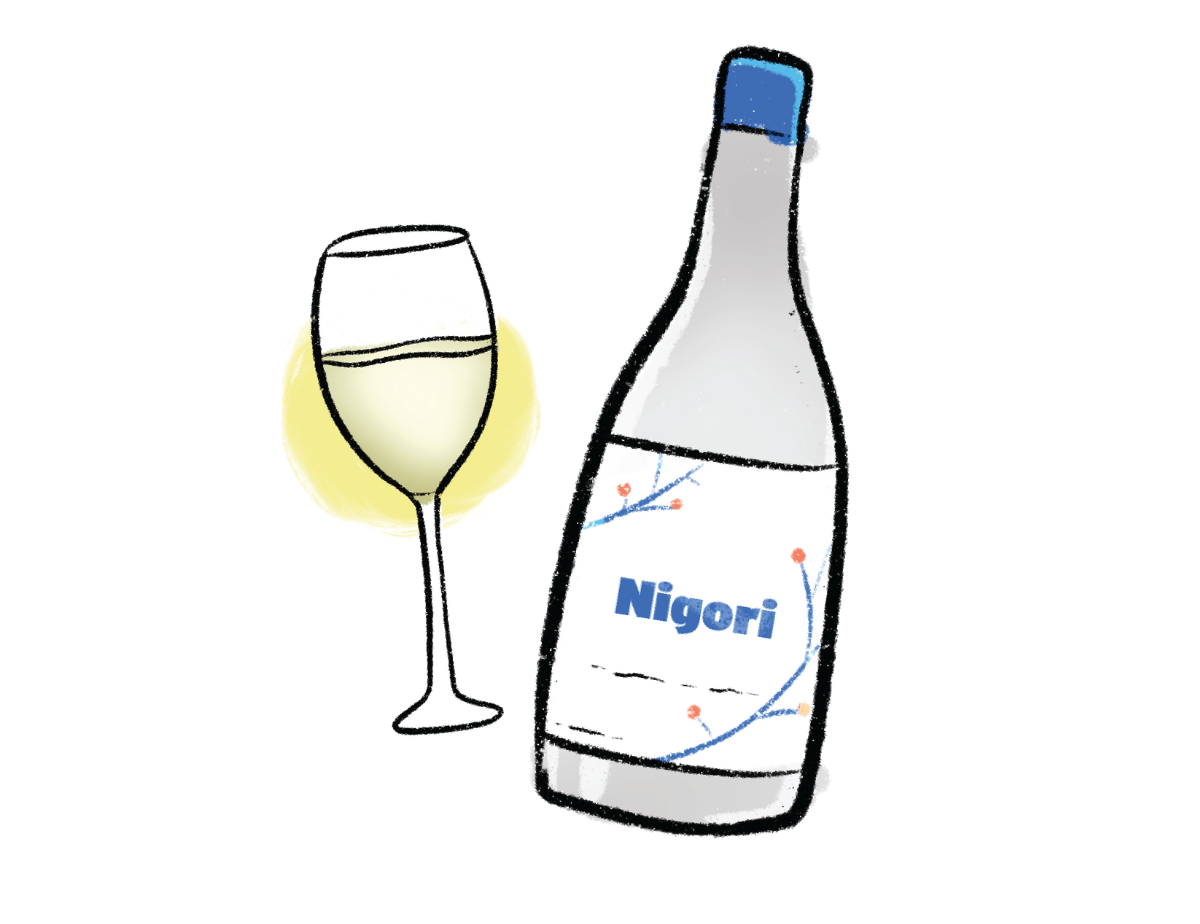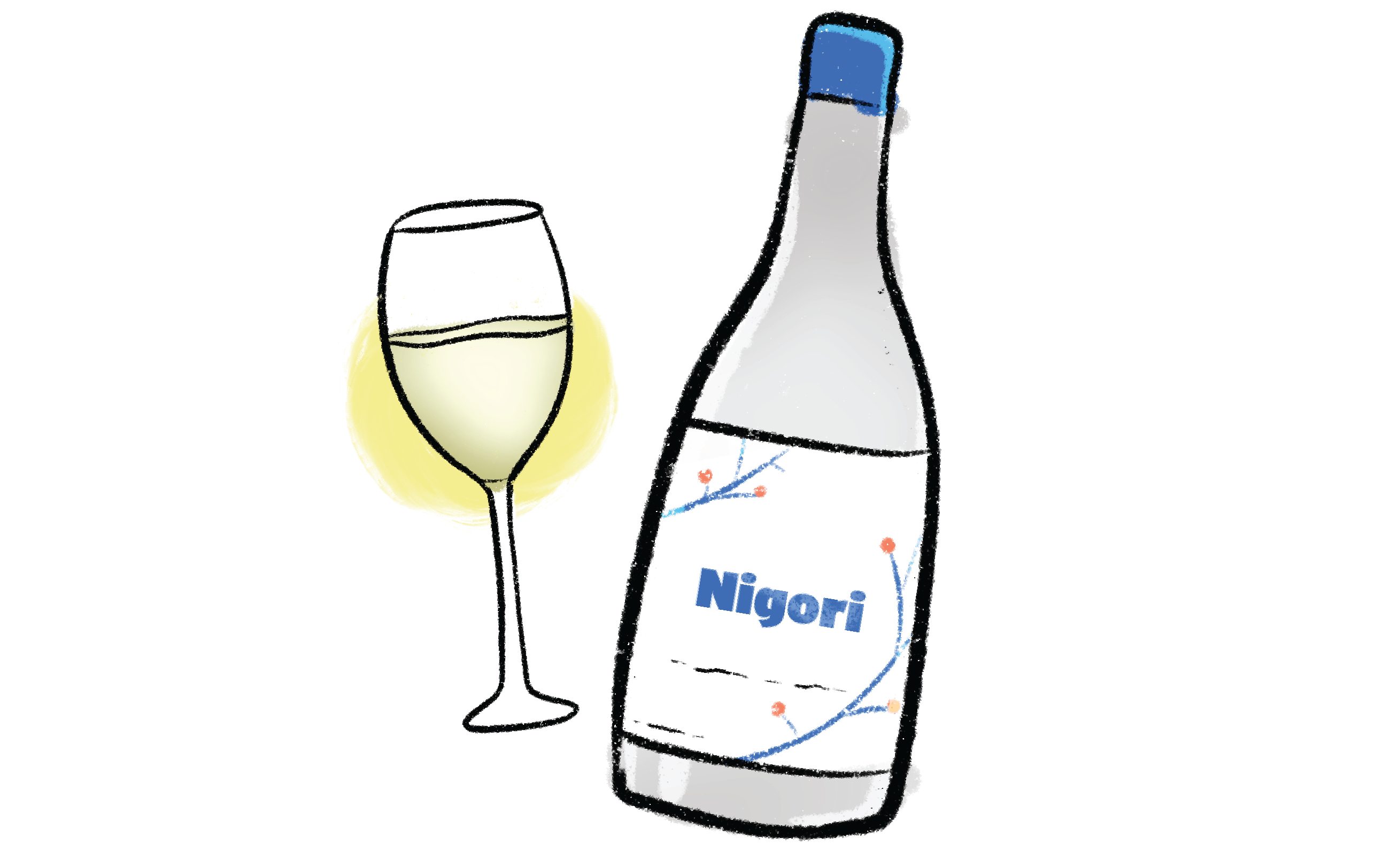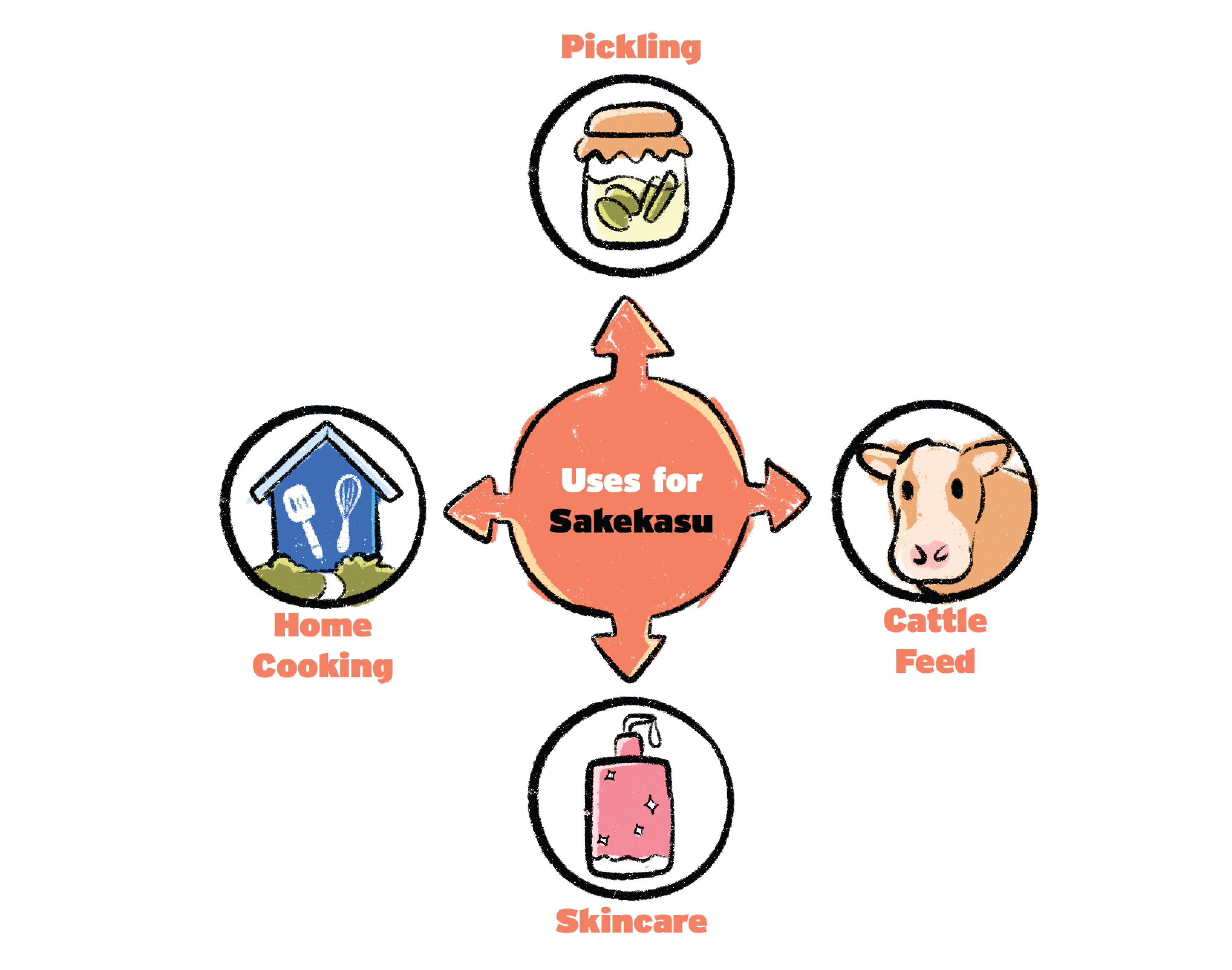

Navigate sake like a pro - no prior Japanese needed!
No matter the temperature you serve it, Sake is hot and happening! But with a unique set of terms, it can be tricky to fully dive into the world of this delicious traditional Japanese beverage. To make sure you're in the know and able to fully appreciate the complexity and diversity of sake flavours, we've put together a list of 10 must-know sake terms. So, raise your glass and let's go!
Koji--racy
Koji is a type of mould (Aspergillus oryzae if you want to be extra fancy and specific) that is used in the production of sake, as well as other foods and beverages like miso and soy sauce. It is an essential ingredient in the production of sake, as it plays a crucial role in converting the starches in the rice into sugars that can be fermented by the yeast.

In the production of sake, the koji mould is first grown on steamed rice, which is then mixed with water and yeast to begin the fermentation process. The koji mould helps to break down the starches in the rice into simpler sugars, which the yeast can then ferment into alcohol. The resulting sake has a complex flavour and aroma that is influenced by the koji mould and the other ingredients used in the brewing process.
Seimai-buai--cork
Seimai-buai, also known as the "milling rate," refers to the percentage of the rice grain that is removed during the milling process in the production of sake. The degree of milling, or seimai-buai, affects the flavour, aroma, and overall character of the sake.

In general, sake made from rice that has been milled to a higher degree will have a lighter, more refined flavour, while sake made from rice that has been milled to a lower degree will have a fuller, more robust flavour. The seimai-buai is typically expressed as a percentage, with a lower percentage indicating a higher degree of milling. For example, a seimai-buai of 60% means that 40% of the rice grain has been milled away, while a seimai-buai of 80% means that 20% of the rice grain has been milled away.
Polishing Grade--eggplant
A classification indicating the degree to which the rice used to make sake has been milled can affect the flavour and aroma of the final product. You can learn more about the specific polishing grades here.
Junmai--pizza
Junmai means "pure rice", and is a type of sake that is made with only four ingredients: rice, water, yeast, and koji. It is considered a pure form of sake because it does not contain any added alcohol or other ingredients.

You will often see it used as a prefix to the sake’s polishing classifications or on its own to imply the absence of brewer’s alcohol.
Junmai sake is well-regarded and typically characterized by its fuller-body and robust flavours.
Nama sake--plum
Nama sake, also known as "fresh sake," is a type of unpasteurised sake that is bottled and sold shortly after the brewing process. It is usually stored and transported at a low temperature to help prevent spoilage, and it is typically only available for a limited time. Nama sake is known for its fresh, lively flavours and aromas since it has not undergone the pasteurisation process which can affect the sake's flavours. Nama sake is generally considered to be a more premium sake, as it requires careful handling and has a shorter shelf life than pasteurised sake.
Nigori sake--cellar
A cloudy, unfiltered sake that has a rich, creamy texture and a sweeter flavour than clear sake. Nigori sake is a type of unfiltered sake that has a cloudy appearance due to the presence of rice particles and sediment suspended in the liquid.

It is known for its rich, creamy texture and a sweeter flavour than clear sake. Unlike traditional sake which goes through a filtration process to make it clear, Nigori sake is purposely left unfiltered to give it a unique texture and mouthfeel. It can also be often more effervescent and less dry than filtered sake. It's often enjoyed as a dessert sake, served chilled or over ice.
Ochoko--red
The ochoko, also known as ochuku, is the traditional vessel to drink sake from. Its name "ochoko" means "small cup" in Japanese, and that's exactly what it is - a small, shallow cup meant to hold just the right amount of sake (50-70ml). Most often it is made of ceramic, glass, or wood. Some ceramic ochoku cups feature a traditional design element of two blue circles resembling a bullseye at the bottom of the cup, called "kasumi". These circles can be helpful in evaluating the clarity and colour of the sake. The blue circles provide a contrasting background, making it easier to observe the colour and clarity.

Moromi--earth
Moromi is a fermented mash that is used in the production of sake. It is made by mixing together steamed rice, koji, and water. The mixture ferments for a few months, during which time the sugars turn into alcohol. The resulting moromi is a thick, porridge-like mixture that contains the sake, solids, and other by-products of the fermentation process. After fermentation is done, the moromi is pressed to separate the sake from the solids, and the sake is then pasteurised and aged before it is bottled and shipped to be enjoyed.s it’s really the acidity doing all the good work on your tastebuds!
Nihonshu--vegan
This is the official name for sake in Japan, which literally means "Japanese liquor."
Sake kasu--wines
Kasu is the lees (organic sediment) that remain after pressing the sake which is typically filtered out. But you can think of it as the "goodies left behind" as kasu is the ultimate culinary secret weapon for any foodie out there!
This natural sake byproduct is a delicious, nutrient-packed thick paste-like superfood. It’s a sneaky ingredient that can add a burst of umami and a touch of luxury to any dish. From pickling veggies to marinating meats and adding to miso soup for a rich, bold and savoury flavour, kasu is a staple in Japanese cuisine.
Since Kasu is rich in enzymes, amino acids, and other nutrients, it also serves as an excellent natural ingredient traditionally used for medicinal purposes as well as in skincare and beauty products!

About the Author
Meet Alex Tanner – a sommelier with a passion for both wine and the great outdoors. Whether it's après-ski on a mountaintop or camping deep in ancient woodlands, foraging along the way, Alex believes nature’s treasures are best enjoyed with the perfect glass of wine (or two).
Do you know your wine personality? If your answer is no, take our quiz to find out which wines to pick up next and build your box!
Build my box





